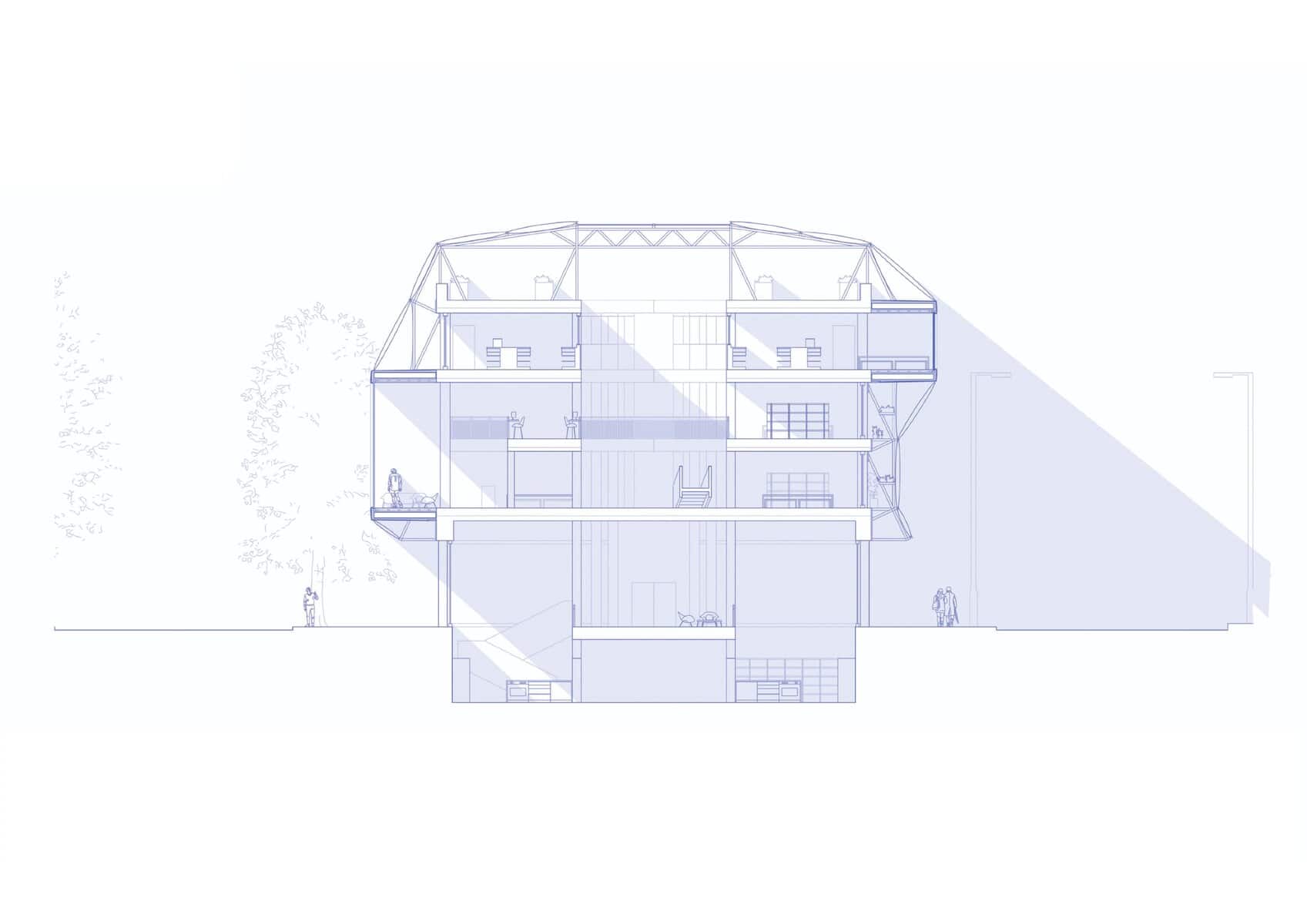Urban Fractal: Reawakening Turkish Craftsmanship in Contemporary Architecture
How Nicoleta Rugina’s Award-Winning Design Melds Heritage, Innovation, and the Future of Making
With the poignant title of Urban Fractal, Nicoleta Rugina’s master’s thesis project stands as a beacon of what the next generation of conservation architects can achieve—a design philosophy that honours the tactile poetry of craft while propelling heritage into architecture’s digital renaissance. As a distinguished MArchD graduate from Oxford Brookes University, Nicoleta’s narrative is rich, interlacing academic excellence with hands-on experience and a distinct passion for breathing life into fading traditions.
From Birmingham to Oxford: Shaping a Conservation Architect
Nicoleta’s architectural journey began at Birmingham City University with a bachelor’s degree that quickly set her apart for her critical engagement with locality and historic fabric. After joining respected practices such as Glancy Nicholls Architects and JBVJ Architects, she navigated diverse typologies from expansive residential blocks to refined, bespoke conversions. These experiences sharpened her ability to straddle the line between large-scale interventions and intimate acts of restoration—a duality that underpins her design ethos today.
Upon achieving Distinction at Oxford Brookes, Nicoleta’s thesis, Urban Fractal, drew the attention of both the Fielding Dodd and WWA juries, earning her prestigious prizes in recognition of her innovative merger of heritage and high-tech methodologies. This is not the first time her dedication to the preservation of local stories has been recognised; her undergraduate project, The Historical Pubs of Moorcroft, captured the Vector Design Awards top prize for memorialising cultural touchstones through human-centred design.
Muqarnas Reimagined: The Seed of Urban Fractal
At the heart of Urban Fractal lies the reinterpretation of muqarnas—the elegant, honeycomb-like ornamentation that crowns the ceilings and entryways of historic Turkish and Islamic architecture. Rather than simply echoing the past, Nicoleta saw the muqarnas as a living, evolvable system whose geometrical vocabulary could be teased apart, scaled, and recomposed to serve twenty-first-century needs.
Her research traces the muqarnas from delicate tectonic detail to vibrant urban gesture. By analysing its fractal logics, she explores how these interlocking pieces—once hand-carved by guilds of artisans—might be digitally mapped and scaled up, forming canopies, columns, or even broader urban interventions. The intent is not to fossilise tradition but to empower it anew by blending parametric design, contemporary fabrication techniques, and age-old craftsmanship.
Craftsmen and Code: Bridging the Digital Divide
Nicoleta’s proposition is as much about social agency as it is formal innovation. Urban Fractal imagines a landscape where the skills of Turkish craftspeople aren’t abandoned in the rush toward automation but, instead, become crucial collaborators in the crafting of tomorrow’s cities. Her proposal leverages both digital and analogue: advanced computational tools aid in designing new muqarnas typologies, while skilled hands execute, adapt, and imbue each intervention with local narrative and artisanal signature.
This conscious entangling of human and technological processes recalls the “craftsmen revolution” — a movement against anonymised mass production. Under Nicoleta’s vision, new architectures might emerge that celebrate local identity, diversify urban experience, and stir a renewed pride in traditional vocations. The result: sculptural, multifaceted interventions whose complexity is a marker of cultural richness and shared creativity.
Sustainability and Urban Identity: More Than Ornament
Critical to Urban Fractal is its sustainable mindset. Delivering hyper-local, resource-efficient strategies, Nicoleta’s work confronts the wasteful tendencies of globalised architecture by rooting every gesture in the material realities and social capital of place. By reincorporating craft into the making of urban space, her proposal posits a resilient, self-sustaining method: local materials, local knowledge, and less reliance on far-flung supply chains.
Furthermore, by reimagining muqarnas not only as decoration but as structure, shade, or even wayfinding, Urban Fractal proposes that the decorative can become performative again. Elements historically dismissed as mere surface now generate environmental, spatial, and emotional value for contemporary city dwellers, reinforcing a sense of belonging in ever-evolving urban fabrics.
Recognition, Aspirations, and Next Steps
The critical acclaim for Urban Fractal echoes growing interest in post-digital craft and the possibilities of hybrid practice. Winning both the Fielding Dodd and WWA prizes is testament not only to the project’s rigorous research, but also to its universal appeal—resonating with fellow designers, conservationists, and communities longing for more dialogue between past and future.
Nicoleta’s work is poised for further exploration, especially as architecture worldwide wrestles with the reconciliation of sustainable construction, technological advancement, and the urgent need to maintain cultural specificity. She asks: what might our cities look like if we re-valued the hand-made, not as a relic, but as a springboard for tomorrow’s experimentations?
Connect with Nicoleta Rugina
Nicoleta Rugina’s journey and ideas invite conversation and collaboration. Engaged in ongoing research and always eager to share insights on the confluence of craft, heritage, and design technology, she welcomes connections from professionals, academics, and anyone invested in the future of meaningful placemaking.
You can reach Nicoleta Rugina on LinkedIn, follow her process and inspirations on Instagram (@nikoleta__11), or start a conversation by emailing her at nikoletarugina@gmail.com.
Urban Fractal stands not as an end, but as an opening—a fractal seed catalysing new growth in the field of conservation architecture. With voices like Nicoleta’s, the discipline is in thoughtful, imaginative hands.







Add a comment